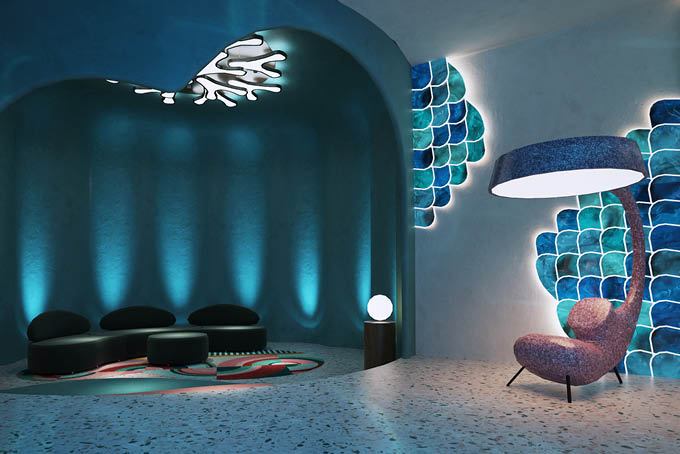Imagine what it would be like to instantaneously visit any place in the world—to arrive in a whole new space within a matter of seconds, explore sights never seen before and interact with people there. While doing so physically may be impossible, what is becoming progressively viable—and increasingly popular—is the ability to enter new spaces through the metaverse’s virtual environments.
Experienced on the web or through mobile devices, virtual environments are immersive spaces in the metaverse that come alive in virtual reality. “It’s a shared experience that everyone in the world can have,” says Michael Potts, CEO of 3D design agency Polycount.io.

“You can, in just a few seconds, jump into a new place and meet people from around the globe,” he adds. It is this precise ability to transcend the limits of time and space that makes virtual environments so appealing. Beyond simply allowing people to connect regardless of where they are, virtual environments immerse users in a believable landscape that’s different from where they are physically situated.
For Vogue Singapore’s September issue, Potts was part of the team that created Vogue’s New World, a vivid 360-degree virtual dreamscape in hues of pastel purple. Transporting into the surreal world as fully customisable avatars, users can explore their surroundings, interact with objects in the space and engage in full-fledged conversations in real time through their microphones and cameras.
What is especially incredible to witness is the sheer scale of virtual environments. As Potts points out: “You may find yourself in huge buildings or massive outdoor spaces when you’re really just sitting at your kitchen table.” And it’s not just realistic landscapes and avatars that these cyberspaces are confined to. “In these virtual locations, you—or rather, your avatar—could have all kinds of special abilities. You could fly or even shoot laser bolts from your hands.”
As the world grows increasingly accustomed to operating in two-dimensional online spaces, such as social media and Zoom calls, entering the metaverse is the instinctive next step when it comes to the way we connect—and it’s a step that luxury brands have already begun to take.

Potts predicts that the next frontier of retail is on the metaverse. “The most important thing is that it allows brands to meet their customers where they are,” Potts explains. “Instead of you having to have come to us, we’ll come to you. We’ll have our store in your house, we’ll have our incredible showroom in your living room.”
Prada’s introduction of its Virtual Reality concept in 2020—through which users could virtually visit the brand’s flagship stores and exhibitions while exploring the streets of the various cities that they were based in—is just one experience that punctuates the power of metaverse retail spaces. But beyond shopping, luxury brands have found numerous innovative ways to make use of these new technologies. Balenciaga and Gucci have dabbled in video games, and the number of brands that have jumped onto the NFT train has grown exponentially.
Potts predicts that these experiences will only continue to get increasingly multifaceted and entertaining. With endless possibilities, virtual environments have become the perfect place for brands to push boundaries and embrace creativity. Whether it’s due to prohibitive costs, logistics or the sheer confines of reality, there are some things that remain impossible to execute in the real world—yet are completely attainable in the metaverse.
From the most extravagant virtual affairs to small-scale online events, it’s not exclusivity that users are most interested in. Rather, Potts says that the key behind the allure of these experiences is access. “For now, it’s about giving people who may not necessarily have the ability to enjoy these experiences in the real word a chance to have them in the metaverse.” All that’s left to do, then, is to step in and explore.





